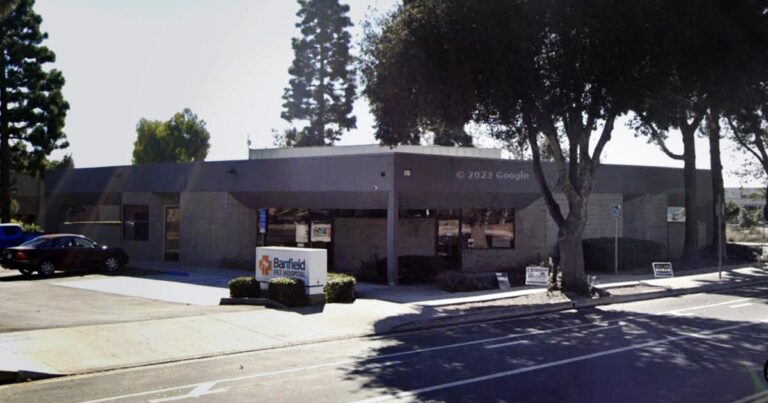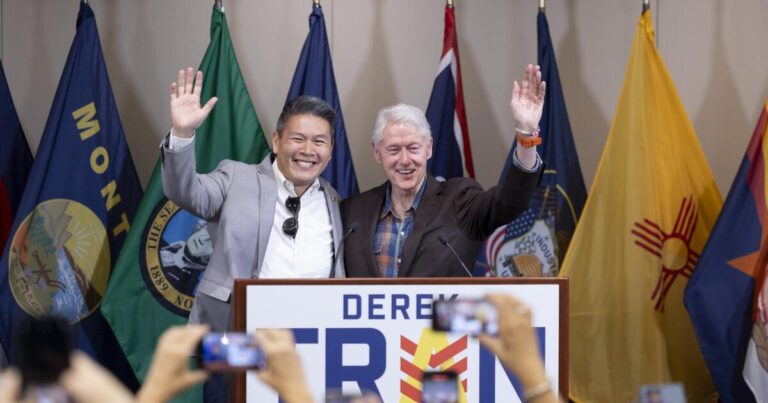Less than a week after California health officers confirmed a finding of bird flu virus in store-bought raw milk, state agriculture officials descended on Mark McAfee’s Raw Milk dairy “like never before” Wednesday and began collecting samples from the farm’s two herds, creamery, bulk milk tanks and trucks, according to the owner.
The visit follows a recall of Raw Milk products, and also comes amid a growing series of H5N1 bird flu outbreaks in state dairy farms. Raw Farm maintains 1,800 head of cattle spread over two herds — one in Fresno, the other outside of Hanford, according to McAfee. The company also owns a Fowler-based creamery.
“I think they are on full attack mode,” he said, describing the search as thorough. In addition to milk, Raw Farm produces cheese and kefir.
As California Department of Food and Agriculture officials collected samples and conducted tests at the dairy Wednesday, some health experts raised questions and concerns about the recent positive test results.
Last week, public health officials in Santa Clara County detected bird flu virus in a store-bought sample of McAfee’s raw milk. Two days later, the California Department of Public Health confirmed the finding.
But when state agriculture officials tested cows at McAfee’s dairy farm on Monday, they failed to detect the virus.
The fact that none of the animals are reported to be infected with the virus has both puzzled and concerned public health experts. Generally, once the virus appears on a farm, it spreads and does not just disappear.
“The fact that all the supplemental testing is negative really bothers me,” said John Korslund, a retired U.S. Department of Agriculture veterinarian epidemiologist, in an email.
Officials from the CDFA could not be reached for comment Wednesday, but infectious disease experts told The Times that officials were likely reviewing testing procedures, as well as the actual origin of the sampled milk.
According to testing records, the initial sample of store-bought raw milk carried high levels of the virus, and was found to have a polymerase chain reaction cycle threshold — or Ct — of roughly 25.
“A herd should not be immediately negative after a reading of 25 if it is truly milk from the same herd, IMO,” Korslund wrote in an email.
Richard Webby, director of the World Health Organization’s Collaborating Center for Studies on the Ecology of Influenza in Animals and Birds, and a researcher in the department of Infectious Diseases at St. Jude’s Children’s Research Hospital in Memphis, Tenn., agreed.
“OK, that’s not a weak positive … and definitely not on the borderline where some tests would be positive and others negative,” he said after reviewing the test records.
Webby, Korslund and other experts say the test that was used only looks for the H5 part of the H5N1 virus, and it can’t determine if the virus is inactive, or alive. A second test — one called a virus isolation test — needs to be done to confirm the sample is H5N1 and that it is active.
State and federal health officials say the H5N1 bird flu virus poses a low risk to the public. However, they have urged people not to drink raw, unpasteurized milk. There has been no reported outbreak in consumers associated with the bird flu in contaminated raw milk.
The milk was bottled on Nov. 9. Raw Farm LLC has recalled all products associated with the positive sample. McAfee estimates the recall involved roughly 2,000 gallons of half- and quarter-gallon “cream top” whole milk products.
Since the beginning of the outbreak, 461 herds have been infected in California — including herds in Fresno and Kings County, where McAfee’s herds are located.
Early in the H5N1 dairy outbreak, federal health officials tested pasteurized milk samples and found virus in 20% of the samples collected from retail shelves. However, when further testing was conducted — virus isolation — they were able to show it was inactivated virus that had been denatured by heat.
So, why then would a raw milk sample test highly for virus and a dairy herd not test positive?
Korslund acknowledged that testing and sampling can sometimes be compromised, but he was not inclined to doubt the tests in this instance. He said the Ct value — and the lack of subsequent positive tests — suggests a “product integrity issue rather than a herd infection.”
“What if somewhere in the bottling process, pasteurized shelf milk was spiked into the raw milk to meet inadequate supply demands? In such a scenario, we don’t have a testing issue; rather it’s a product integrity issue that normally would be undetectable,” he said.
This is why virus isolation testing is critical, Korslund said. It would help determine whether the virus in the sample collected was alive or not.
A spokesman for the state’s health department said testing on the sample was complete. He did not say whether viral isolation had been completed, but noted the positive result has been confirmed by both state and now federal laboratories.
McAfee said he does not think the virus is present in his herd. The tests that the state’s agriculture department have been regularly conducting — twice a week — on his bulk milk have been negative. In addition, he noted, a test taken on Monday also showed no virus.
In addition, he said, he monitors each cow at his farms with a high-tech device — made by the Austrian company smaXtec — which sits in a cow’s udder and sends real time information about the animal’s body temperature, milk acidity, etc.
He said there are no indications that virus is moving through his herd based on that data.
He also said all his equipment — from his trucks, to his bulk tanks and bottling plant — are closed to outside farms and milk; they are used only by Raw Farm, LLC.
He said he’s worried state officials are determined “to find something.”












